Eugenia Ortiz and Món Casas
Based on the exhibition in the Museu Nacional d’Art de Catalunya “Oriol Maspons: The useful photography 1949/1945“, from CliCme we have designed a photographic educational project with the Museu Nacional d’Art de Catalunya, in collaboration with The Consortium of Education of Barcelona. This is a cross-cutting project of photography with students from the 3rd and 4th courses of ESO (secondary education) and Baccalaureate, based on the visit to the exhibition and the reflection on photography, we invited teachers and students to participate, with the aim of documenting their surroundings through photography, constructing a personal and global vision of the neighbourhoods that they inhabit.
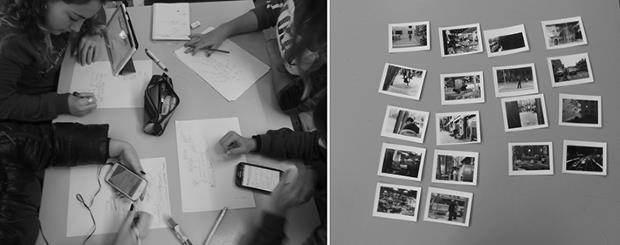
A photographic view of the environment
The project aims to encourage teenagers in their life research with eyes of photographers. By means of reflection and their images, we suggested that they act as ” documentary makers ” of their immediate surroundings, with the aim of describing their realities, interests, experiences, memories, making the camera a tool of research and observation, to end up making a printed publication with the selected photographs, resuming the work of Maspons frequently linked to the graphic press or editorial publications.
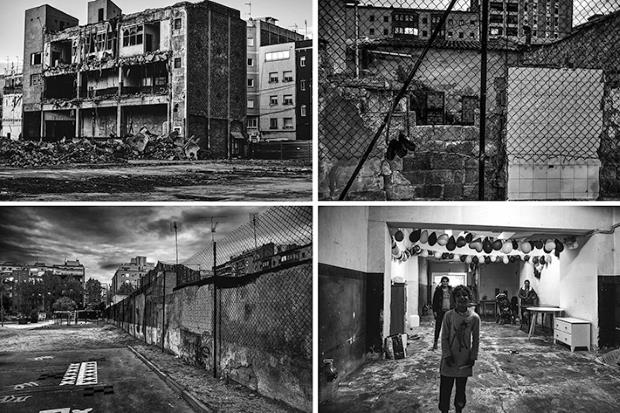
Throughout this project we took an in-depth look into photography: How do we look at things? How do we express ourselves? How do we take photographs? Also in the fact of narrative: What do we want to express? How do we construct a discourse with images? How do we organise the chosen images in a specific space, to make the discourse something understandable?
Photographic and narrative work helps them reflect on the meaning and ability to explain with a camera and the way of doing so.
Oriol Maspons as a starting point
It is a luxury to have Oriol Maspons’ exhibition as a starting point. The versatility of this photographer and the desire to reflect the time in which he lived, provides us with a lot of stories that inspire us to get started in the project with the boys and girls.

The exhibition catches them, they empathise with the photographs and they show curiosity. Photography connects us with our emotions. And this is the starting point: to carefully observe what emerges from the students in the different creative processes, emphasising how photographs are tools of expression, and how these creative processes are as or even more interesting than the final work.
The evolution during four months of the project
The project was carried out over four months with nine instituts (secondary schools) of Barcelona: IES Martí i Pous, IES Consell de Cent, IES Doctor Puigvert, IES Poeta Maragall, IES Vall d’Hebron, IES Josep Comas i Solà, IES Domènech i Montaner, IES Narcís Monturiol and IES Infanta d’Aragó.
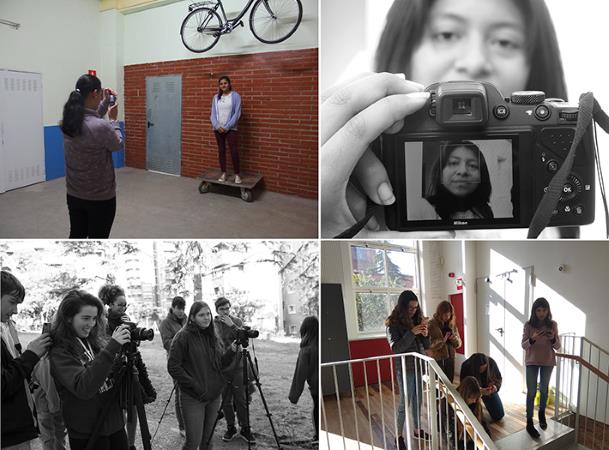
It was interesting to see the evolution of the boys and girls throughout the project in terms of their way of looking and observing when reinterpreting their environment. As the project progressed we realised how the diversity of the different participating centres proposed adapting the project to the characteristics of each one, with different forms of the original project coexisting at the same time.
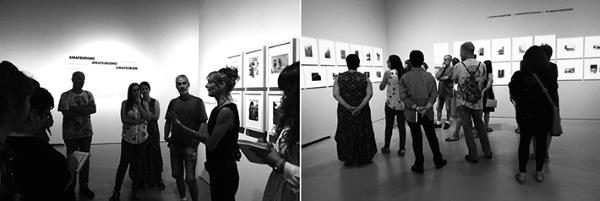
It is crucial for us to find the intention behind each of the proposed projects. To achieve this in the sessions we have always spent some time in monitoring each project in an open way to see among all of us, the ideas and resources of the other colleagues. It is important in the sessions to make clear the recognition of the world through the camera and the relationship that these boys and girls establish with the environment around them in order to create narratives consistent with their life experiences. We are interested in making them see how finally when you are immersed in the photographic processes, the images “catch your attention”, and it is in these moments when you feel the strong attraction that is produced by the contact with reality and strongly invites you to be part of this.

Through photographs it is easier to access certain information about people than with verbal language. We found it very interesting to pass this on to the students: how these images can act as a communicative precursor and end up setting up dialogues of their closest experiences.
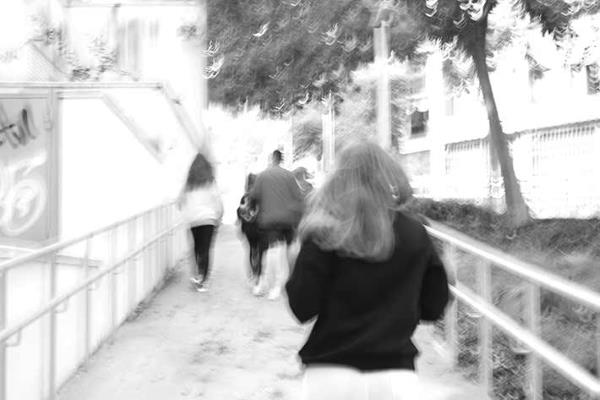
In the case of the students of the host classroom as well as other students who find it difficult to verbally convey the “place” where they are, it has been very helpful to work with photography to manage to express feelings or ways of seeing and living their experiences. This has positioned students in other spaces in terms of the stagnant and established relationships in the classroom, group cohesion and their relationship with the teachers.
An experience of empowerment for youths
We could see how the images improve the internal and external communication of the students and their educational experiences, as well as reaffirming the sense of belonging of young people to the territory. In short, photography is a versatile medium that has the ability to simultaneously act on emotion, imagination and aesthetic judgment, and in this way we are faced with a medium with great potential for the integration of experiences, thoughts and emotions.
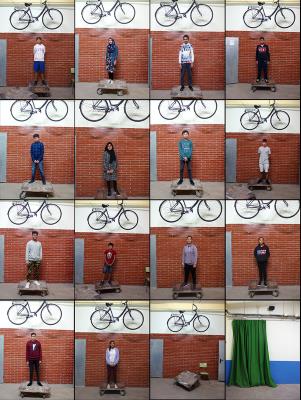
The ability of images to tell stories also allows them to empathise, while making it possible for students to be creative and actors in their projects. The photographic act forces them to observe more, to take care of technical and visual concepts, in short to stop and integrate more and better their ability to look, photograph and explain. Therefore, reassessing photography and the use they make of it, as well as enhancing the possibility of finding different ways of looking.
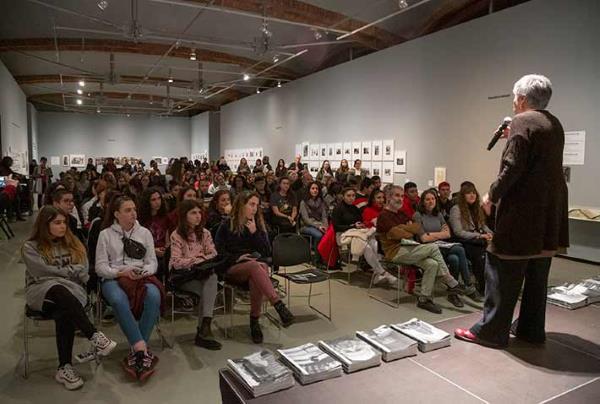
The fact that an institution such as the Museu Nacional is behind a project of this nature we believe is important in bringing young people closer to the museums in their city. Systematising the intersections between educational and cultural spaces making museums a close place, where youths can feel that they are somehow contributing with their projects to making the museum a space of exchange and growth.
This is how we think the students who have participated in the project have lived it, it has been a very enriching experience with the focus on the empowerment of young people through photography as a language and personalisation of their interests, linking them with the territory, and encouraging them to take ownership of their educational process.
Related links
Neighbourhood diary. Photography in the secondary schools
Two participative experiences of photography: Our Raval and audio-visual Maps of the city







